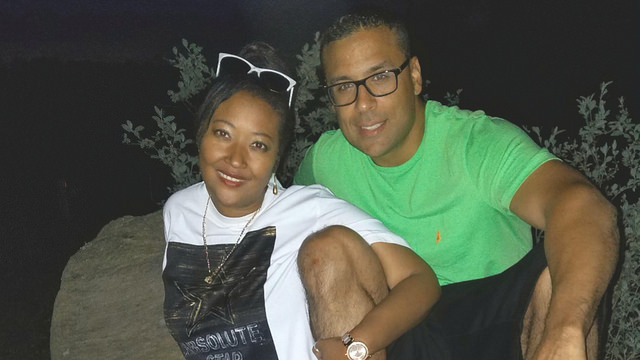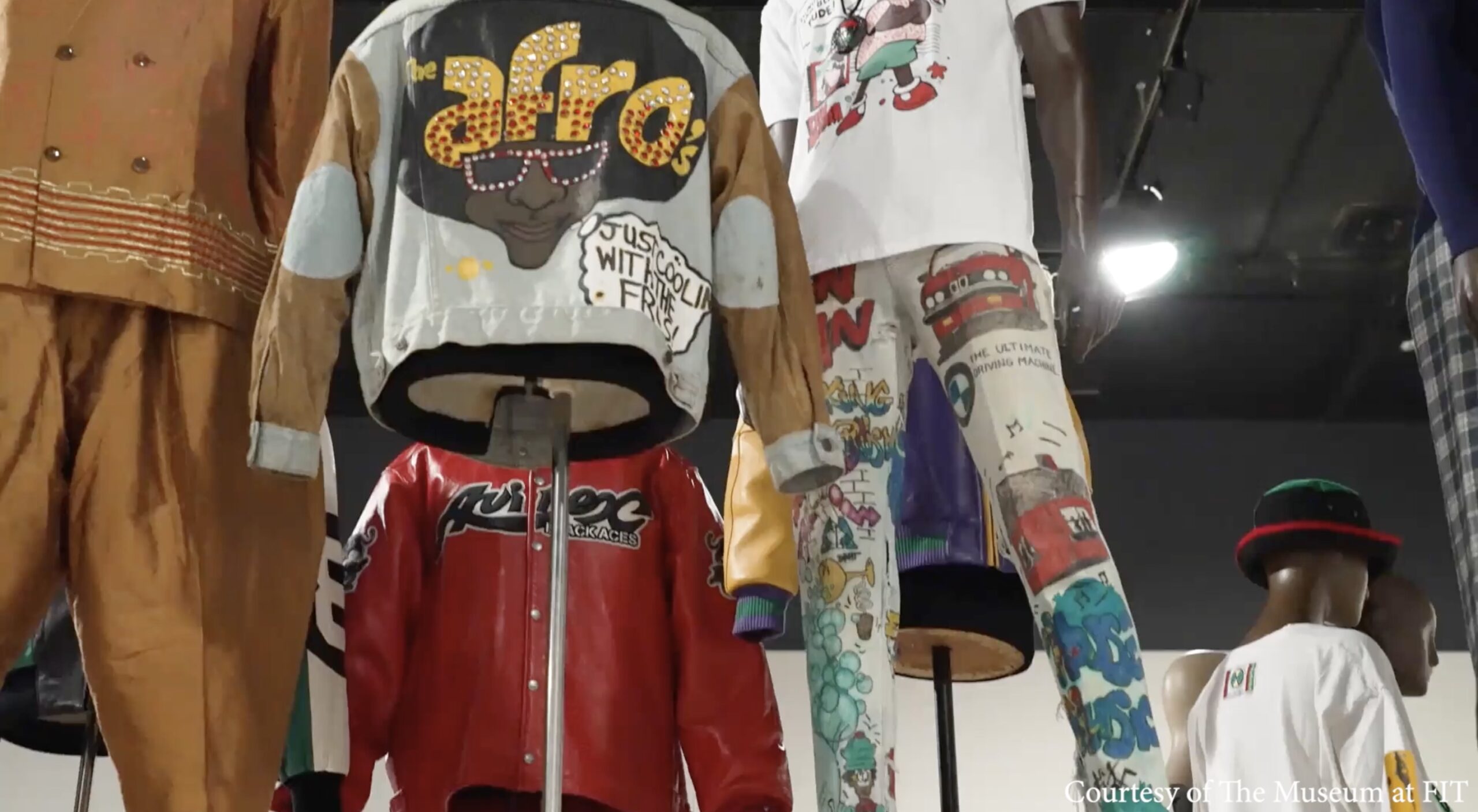Fernando Bermudez, who was exonerated after spending 18 years in prison for a murder he didn’t commit, with his wife, Crystal. Crystal and Bermudez met through correspondence and were married while Bermudez was still in prison. Photo courtesy of Fernando Bermudez.
When Fernando Bermudez, who was wrongfully convicted of a 1991 Greenwich Village killing, was found guilty of murder in 1992, he couldn’t believe his ears.
“I was wavering between shock and disbelief,” said Bermudez, 48, who spent 18 years in prison before being exonerated in November 2009.
The exoneration set off a years-long legal battle, with two lawsuits, in an attempt to receive compensation for the time Bermudez lost. This month, Bermudez is set to receive a $7 million after he agreed to a settlement with New York City three months ago. The other suit, which was against New York state, was settled in 2014 for $4.75 million.
Bermudez’s exoneration is part of a trend of increasing exonerations. According to the National Registry of Exonerations, there was a record 166 exonerations in 2016, compared to 98 in 2013. In 1992, the year Bermudez was convicted, there was a total of just 35 exonerations. Since 1989, there have been more than 2,000 people exonerated – at least 20 of whom were on death row at the time of their exoneration.
Since his release in 2009 after the harrowing experience of spending nearly two decades trying to prove his innocence, Bermudez has become a public speaker who travels the world, giving lectures and advocating for the wrongfully convicted.
Paul Cates, a spokesman for the Innocence Project, said there are a number of factors which result in wrongful convictions. The Innocence Project, which advocates for criminal justice reform and helps with convicts appeal their sentences, worked on Bermudez’s case in the years before his exoneration.
“The leading (factor) is mistaken identification and that occurs in approximately 70 percent of the cases,” Cates said. “That was a factor in Fernando’s case.”
Lawyers for Bermudez contended that police made numerous blunders during the interrogation process that led to five witnesses identifying Bermudez as the killer at trial. One of those blunders in Bermudez’s case was allowing the witness to look at the lineup as a group, which could allow witnesses to influence one another.
“Certainly it was not following best practices for making an identification,” Cates said.
Other factors in wrongful convictions include invalidated or improper science in about 50 percent of the cases and false confessions in roughly 30 percent of the cases, he said.
“The things that we can’t really quantify are prosecutorial misconduct, government misconduct – whether by a police lab or police themselves and inadequate criminal defense lawyers,” Cates said.
Bermudez, the son of immigrants from the Dominican Republic, grew up near the border between the Inwood and Washington Heights neighborhoods in Upper Manhattan. He could never have predicted how his life would change when he was arrested on suspicion of murdering 16-year-old Raymond Blount near Union Square Park in Greenwich Village in August 1991.
“That was the happiest point in my life at that time because I was set to enroll in college and I had actually taken a placement test the morning of Aug. 3rd, 1991,” Bermudez said. “Unbeknownst to myself when I went out on Aug. 4 that night, there had been a shooting.
Officers in unmarked cars came to arrest him on Aug. 6, 1991, two days after the shooting.
“We were just shocked when the cops came,” Bermudez said. “We didn’t know what I was being arrested for –- I was dumbfounded.”
Prior to Bermudez’s arrest, police spoke with four witnesses. They were shown a lineup of Latino men with criminal records – one of them was Bermudez, who had faced two drug-related charges in the past.
During an hours long interrogation at NYPD’s 6th Precinct in Greenwich Village, Bermudez said he insisted over and over that he did not know any of the people involved and that he was nowhere near Greenwich Village at the time of the murder. As the interrogation wrapped up, police dropped the bombshell: Witnesses identified Bermudez as the shooter out of a lineup and he would be charged with murder.
After his interrogation, Bermudez was sent to Riker’s Island to await trial. In February 1992, with five witnesses testifying that Bermudez was the shooter, he was found guilty of murder in the second degree. He was sentenced to 23 years to life.
That began a nearly two-decade long quest to prove his innocence. From the moment of his arrest until his conviction was thrown out, Bermudez’s story had been consistent: he didn’t know the people involved and he was elsewhere when the shooting occurred.
According to court records, in 1993, the witnesses recanted their testimony. But judges during the appeals process gave little weight to the recantations, arguing that the trial testimony was more reliable.
Bermudez, who got married and became a father, tried to adjust to his new reality in prison.
“When you’re stuck in a situation where you’re stuck in a six by nine cell, and you’re surrounded by horrible things happening, you have to find a way to live and survive,” Bermudez said. “I found it through my family.”
Bermudez’s wife, Crystal, first saw the case on television in 1992. She wrote to him and soon became convinced of his innocence, she said. She began writing to him regularly and they married soon after. For more than a decade, she traveled back and forth from her home, which was at various points in Oklahoma, Connecticut or New York, for conjugal visits with her husband.
In November 2009, after eleven appeals in which lawyers for Bermudez attempted to argue that there were procedural errors, like the group mugshot viewing, that resulted in a misidentification, Justice John Cataldo of Manhattan Supreme Court not only overturned Bermudez’s conviction but also dismissed the charges against him.
“I find no credible evidence connects Fernando Bermudez to the homicide of Mr. Blount,” Cataldo wrote in a 79-page opinion. “All of the people’s trial evidence has been discredited: the false testimony of Efraim Lopez and the recanted identifications of strangers. I find, by clear and convincing evidence, that Fernando Bermudez has demonstrated he is innocent of this crime.”
The ruling felt cathartic, Bermudez said.
“I was able to stand proud in a certain way that I hadn’t been able to before that,” he said. “I just felt relieved.”
Bermudez and his wife recalled with emotion, Bermudez’s joy on his first day of freedom. In the hours after his release from Sing Sing prison in western New York, Bermudez was treated to a hero’s welcome in Washington Heights. Dominican residents near Bermudez’s father’s apartment banged on pots and pans and shouted in support, Crystal Bermudez said.
“It was like a magical time,” she said.
But just a few days later, Bermudez began displaying have the first signs of trauma.
“I was having palpitations, night sweats, I was pacing my room,” Bermudez said. “I was still washing my underwear in the shower, the way I did in prison. I was angry. I was crying unexpectedly.”
Bermudez was diagnosed with post-traumatic stress disorder. He takes medication and receives counseling to treat his PTSD.
“New York state released me out without any psychological counseling, assistance, address, social services in general,” Bermudez said. “They gave me no help.”
In 2010, Bermudez began his effort to seek compensation for the years he spent in prison. The Innocence project said compensation is important as it acknowledges the mistake that was made and addresses the difficulty of returning to society for many wrongfully convicted people after spending many years in prison. According to the Innocence Project, exonerees serve an average of 14 years in prison before their release.
After winning his $4.75 million settlement from the state, Bermudez purchased a seven-bedroom home which sits on 2.2 acres in a suburban part of North Carolina. Bermudez cited the desire to extend his money as far as he could by moving away from New York to a low-cost area.
These days, Bermudez still struggles with PTSD. He gets claustrophobic in small rooms and can suffer from debilitating panic attacks. But he has found meaning in sharing story. He speaks proudly about past lecture tours in France, Japan and Germany, and he hopes to finish his book soon.
“Every day I wake up and I try to be grateful,” he said. “I’m not going to give up on my hopes and dreams.”


